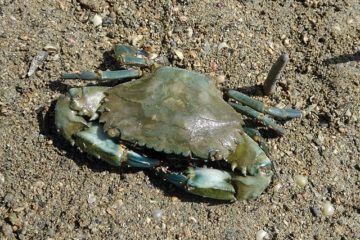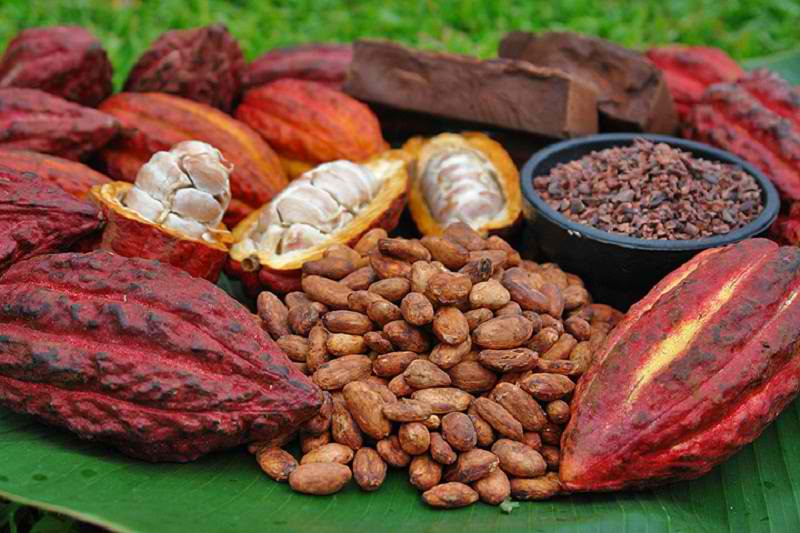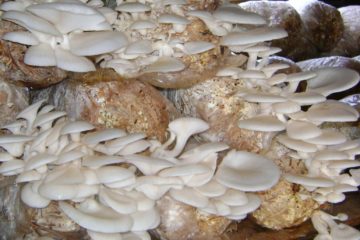Peas Be With You

Legumes provide many benefits. They have multiple uses. Usually, they are utilized as cover crops and inter-cropped with cereals and other staple foods. The best known benefits of legumes is that in soil, it can improve soil porosity and structure, increase soil organic matter, recycle nutrients and diversify microorganisms. They are harvested as crops for human and animal consumption as well as used as pulp for paper production and oil production.
These are flowering plants that produce seed pods from pea family. They are normally known for their high protein, carbohydrate and fat content. Of the thousand species of legumes, less than 20 are planted extensively today. Those in common use are peanuts, cow peas, soybeans, pigeon peas, mung bean, pole sitao and drumstick tree. Legume seed or commonly called as pulses or grain legumes are known as second to cereals as a source of human and animal food.
Despite their fancy name, these crops are easy to grow. They can have a good sized harvest in a small
In Center for Bayanihan Economics, they usually used this legumes (usually peanut and mung bean) in green manuring. After harvesting paddy rice, they plant legumes in the rice field to helps in nitrogen fixation that contributes to sustainable cropping system.


